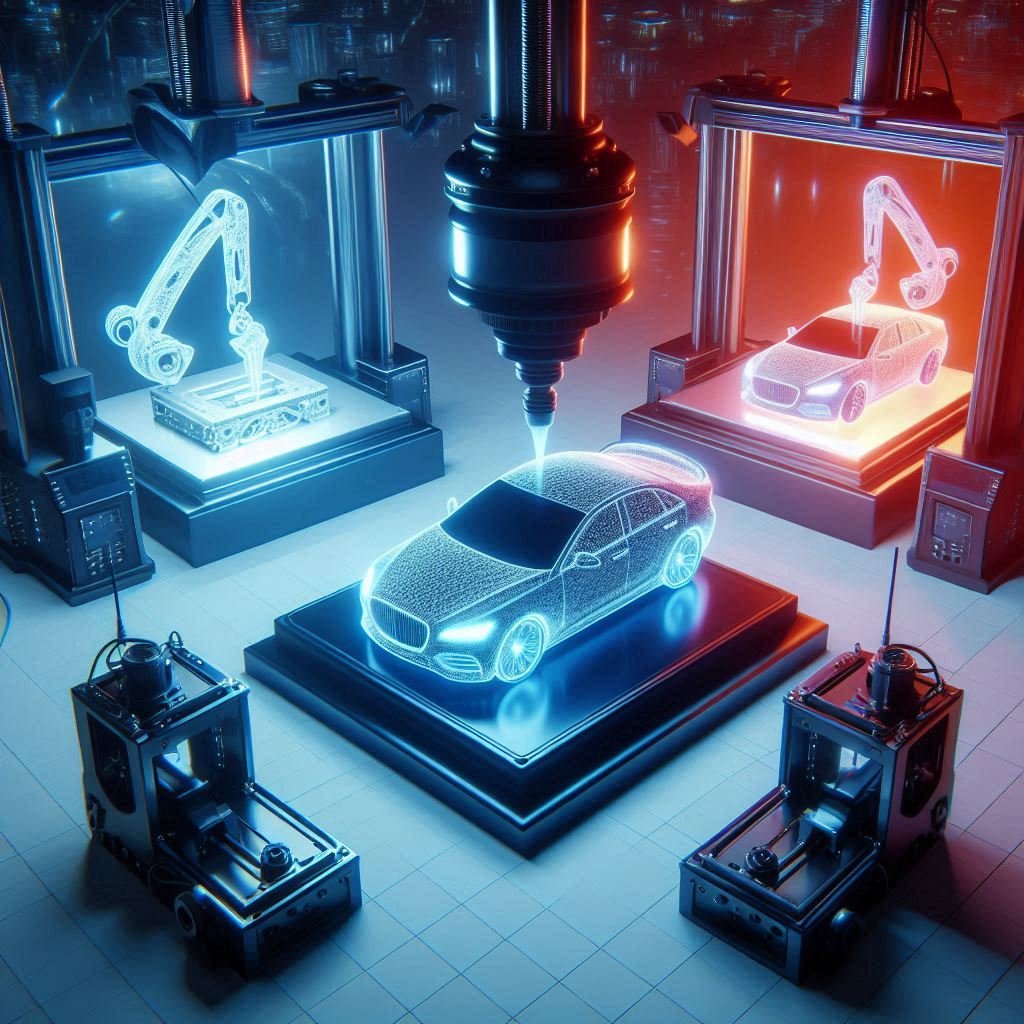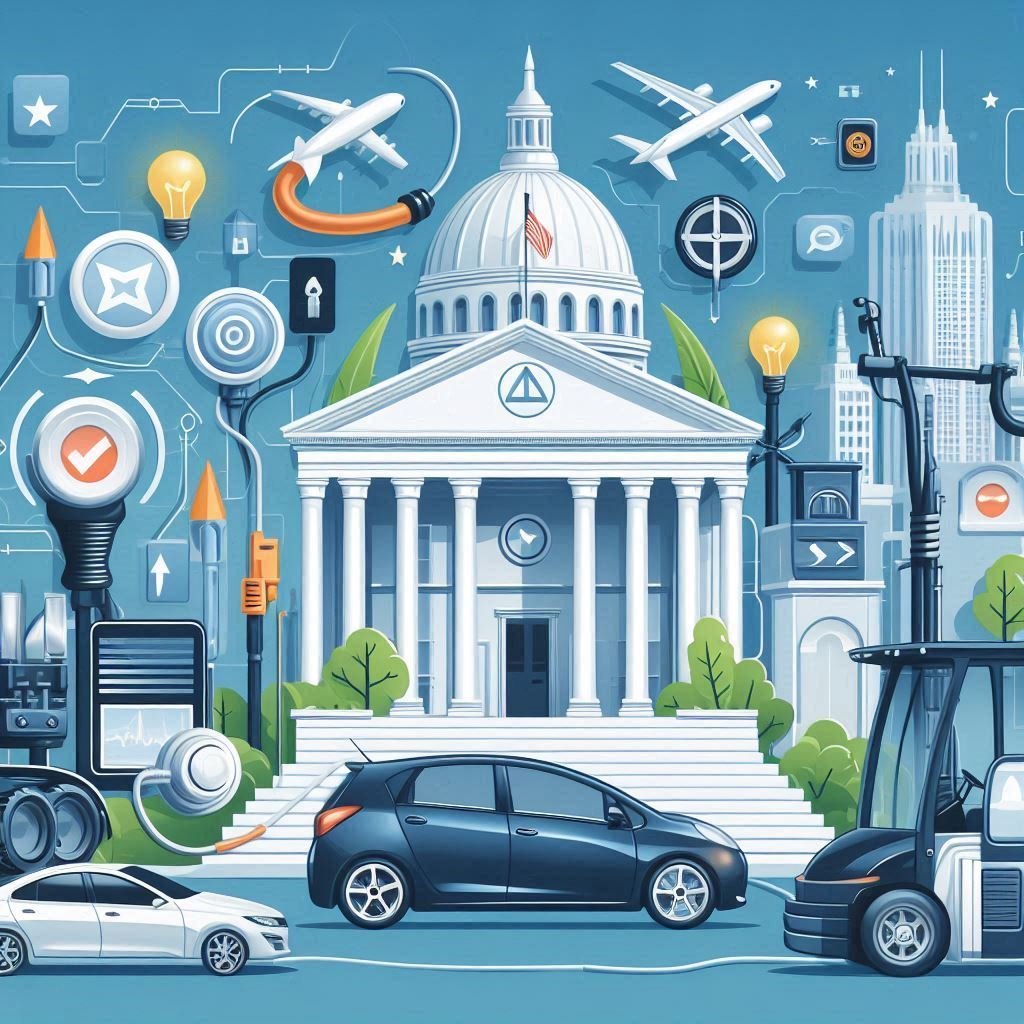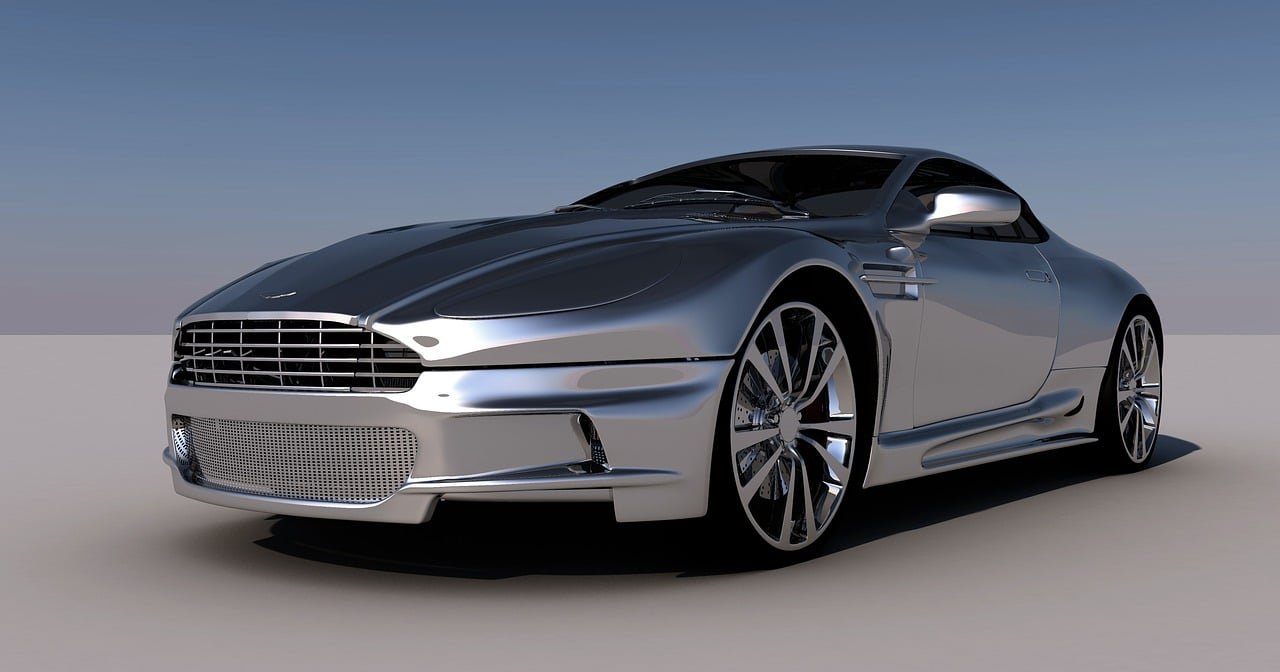
Breaking News: Major Automotive Mergers and Acquisitions Shaping the Industry
Breaking News: Major Automotive Mergers and Acquisitions Shaping the Industry
The automotive industry, a cornerstone of global economies and innovation, is witnessing a profound transformation driven by rapid technological advancements, shifting consumer preferences, and the urgent need for sustainable practices. Central to this transformation are the major mergers and acquisitions (M&A) that are reshaping the industry’s landscape. These strategic moves are not only consolidating market power but also catalyzing technological synergies that could define the future of mobility. This article delves deep into the recent major M&A activities in the automotive sector, analyzing their implications, driving forces, and potential impact on the market.
Historical Context and Evolution of Automotive M&A
The automotive industry has a long history of mergers and acquisitions, with notable examples like the merger of Daimler-Benz and Chrysler in 1998, and the acquisition of Jaguar Land Rover by Tata Motors in 2008. These early M&A activities were primarily driven by the need for expansion, diversification, and accessing new markets. However, the recent wave of M&A in the automotive sector is driven by different dynamics, including technological convergence, electrification, and the rise of autonomous vehicles.
The Early M&A Landscape
In the late 20th century, automotive mergers and acquisitions were largely about geographic expansion and market penetration. Companies sought to enhance their global footprint, gain access to new customer bases, and achieve economies of scale. The Daimler-Chrysler merger, for instance, aimed to combine European engineering excellence with American manufacturing prowess. However, not all these mergers were successful; cultural clashes and operational misalignments often led to challenges.
Technological Convergence and New Imperatives
Entering the 21st century, the automotive industry faced new imperatives. The rise of information technology, the advent of electric vehicles (EVs), and increasing regulatory pressures for emissions reductions began reshaping the industry. These factors necessitated collaborations and acquisitions to stay competitive and innovative. Companies started to recognize that no single entity could master all the required technologies in-house, leading to a surge in strategic partnerships and acquisitions.
Recent Major Mergers and Acquisitions
In the past decade, several high-profile mergers and acquisitions have occurred, each aiming to position companies advantageously within the rapidly evolving market. Here, we explore some of the most significant recent deals, their motivations, and their projected outcomes.
PSA Group and Fiat Chrysler Automobiles (FCA) Merger
One of the most talked-about mergers in recent years is the merger between PSA Group and Fiat Chrysler Automobiles (FCA), forming Stellantis in January 2021. This merger created the world’s fourth-largest automaker by volume, bringing together an impressive portfolio of brands including Peugeot, Citroën, Opel, Fiat, Chrysler, Jeep, and Maserati.
Motivations Behind the Merger
The PSA-FCA merger was driven by several strategic objectives:
- Scale and Efficiency: By combining their operations, PSA and FCA aimed to achieve significant economies of scale. This is crucial in an industry where high production volumes are necessary to offset the substantial costs of research and development, particularly for new technologies like electric and autonomous vehicles.
- Complementary Strengths: PSA’s strong presence in Europe and FCA’s foothold in North America and Latin America provided complementary market strengths. This geographic diversification helps in balancing market risks and leveraging growth opportunities in different regions.
- Technological Synergies: Both companies were investing heavily in electrification and autonomous driving technologies. The merger allowed them to pool resources and expertise, accelerating the development and deployment of these critical technologies.
Impact and Future Prospects
The formation of Stellantis has already begun to show promising results. The company announced ambitious plans to introduce a range of electric vehicles across its brands and is investing heavily in autonomous driving technology. Furthermore, the merger has facilitated cost-saving synergies, with Stellantis targeting over €5 billion in annual savings. However, the success of this merger will depend on effectively integrating operations and managing the diverse brand portfolio.
Volkswagen and Navistar International Acquisition
In November 2020, Volkswagen’s truck division, Traton SE, completed the acquisition of Navistar International, a leading American truck and bus manufacturer. This $3.7 billion deal was a strategic move to strengthen Traton’s position in the North American market and expand its global reach.
Motivations Behind the Acquisition
- Market Expansion: Traton, already a major player in Europe and South America, sought to gain a significant foothold in the lucrative North American market through Navistar.
- Technological Collaboration: Both companies aimed to leverage each other’s technological capabilities. Navistar’s expertise in connected vehicle solutions and electric trucks complemented Traton’s advancements in fuel-efficient and autonomous driving technologies.
Impact and Future Prospects
The acquisition is expected to create substantial synergies in product development, manufacturing, and supply chain management. Traton aims to leverage Navistar’s extensive dealer network in North America to boost sales and service capabilities. Furthermore, the combined entity is poised to enhance its technological innovation pipeline, particularly in electric and autonomous commercial vehicles.
Hyundai Motor Group and Boston Dynamics Acquisition
In December 2020, Hyundai Motor Group acquired an 80% stake in Boston Dynamics, a robotics company known for its advanced robots like Spot and Atlas, from SoftBank Group. This $1.1 billion acquisition marked Hyundai’s foray into the robotics industry, aligning with its vision of becoming a smart mobility solution provider.
Motivations Behind the Acquisition
- Diversification and Innovation: Hyundai’s acquisition of Boston Dynamics is part of its strategy to diversify beyond traditional automotive manufacturing and innovate in emerging fields like robotics and smart mobility.
- Synergistic Technologies: The integration of Boston Dynamics’ robotics expertise with Hyundai’s automotive technologies opens up new possibilities for developing advanced mobility solutions, including autonomous delivery robots, robotic manufacturing systems, and enhanced vehicle automation.
Impact and Future Prospects
The acquisition positions Hyundai at the forefront of robotics and smart mobility innovation. The company plans to leverage Boston Dynamics’ technology to enhance its vehicle manufacturing processes, develop new mobility services, and explore novel applications in healthcare, logistics, and urban mobility. This strategic move underscores Hyundai’s commitment to evolving into a comprehensive mobility solutions provider.
Driving Forces Behind Automotive M&A
Several key factors are driving the surge in mergers and acquisitions within the automotive industry. These include the need for technological advancement, the push for sustainability, and the pursuit of market expansion.
Technological Advancements
The rapid pace of technological change is a primary driver of M&A activity in the automotive sector. The development of electric vehicles, autonomous driving technologies, and connected car solutions requires substantial investment and expertise. By merging or acquiring companies with complementary technologies, automotive firms can accelerate innovation and reduce time-to-market for new products.
Sustainability and Electrification
The global push for sustainability and the transition to electric vehicles is another critical factor driving M&A activity. Governments worldwide are implementing stricter emissions regulations and offering incentives for electric vehicle adoption. This has prompted traditional automakers to acquire or merge with companies that have expertise in electric powertrains, battery technology, and renewable energy solutions.
Market Expansion and Diversification
Expanding into new geographic markets and diversifying product portfolios are also significant motivators for M&A in the automotive industry. Companies seek to mitigate risks associated with market fluctuations and economic downturns by establishing a presence in multiple regions and offering a broader range of products and services.
Challenges and Risks in Automotive M&A
While mergers and acquisitions offer numerous strategic benefits, they also come with inherent challenges and risks. These include cultural integration, regulatory hurdles, and the complexities of technology integration.
Cultural Integration
Merging companies with different corporate cultures can be challenging. Cultural clashes can lead to misaligned objectives, employee dissatisfaction, and operational inefficiencies. Successful M&A requires careful management of cultural integration, clear communication, and the establishment of a unified corporate vision.
Regulatory Hurdles
Automotive mergers and acquisitions often face scrutiny from regulatory bodies concerned with antitrust issues and market competition. Companies must navigate complex regulatory landscapes and obtain necessary approvals to complete their transactions. This can be a time-consuming and costly process.
Technology Integration
Integrating disparate technologies and systems from merging companies can be complex. Ensuring compatibility, data security, and seamless operation of integrated systems requires meticulous planning and execution. Failure to effectively integrate technologies can result in operational disruptions and reduced innovation capabilities.
Future Outlook: The Road Ahead
The automotive industry is poised for continued consolidation as companies seek to navigate the evolving landscape of mobility. Several trends are likely to shape the future of M&A activity in the sector.
Continued Investment in Electric and Autonomous Technologies
As the industry moves towards electrification and autonomous driving, we can expect continued investment in these areas. Companies will likely pursue acquisitions of startups and technology firms specializing in battery technology, electric powertrains, and autonomous driving systems. These strategic moves will be aimed at enhancing technological capabilities and accelerating the development of next-generation vehicles.
Focus on Mobility Solutions and Smart Cities
The concept of mobility is evolving beyond traditional car ownership to encompass a range of transportation solutions, including ride-sharing, car-sharing, and autonomous shuttles. Automotive companies are increasingly focusing on developing comprehensive mobility solutions that integrate seamlessly with smart city infrastructures. Mergers and acquisitions will play a crucial role in acquiring the necessary technologies and expertise to drive this transformation.
Strategic Partnerships and Alliances
In addition to outright mergers and acquisitions, we can expect to see an increase in strategic partnerships and alliances. Collaborations between automakers, technology firms, and other stakeholders will become more common as companies seek to leverage each other’s strengths and share the risks and costs associated with innovation. These partnerships will be instrumental in developing new business models and advancing the future of mobility.
Sustainability and Circular Economy Initiatives
Sustainability will remain a central theme in the automotive industry’s evolution. Companies will increasingly focus on developing circular economy initiatives, such as vehicle recycling, remanufacturing, and sustainable sourcing of
materials. M&A activity will likely include acquisitions of companies specializing in sustainable technologies and practices, reinforcing the industry’s commitment to environmental stewardship.
Conclusion
The automotive industry is undergoing a profound transformation, driven by technological advancements, changing consumer preferences, and the imperative for sustainability. Major mergers and acquisitions are playing a pivotal role in shaping this new landscape, enabling companies to consolidate market power, achieve technological synergies, and expand their global reach.
While the road ahead is fraught with challenges, including cultural integration, regulatory hurdles, and technology integration, the potential benefits of successful M&A activity are immense. Companies that navigate these complexities effectively will be well-positioned to lead the industry into a future characterized by electric, autonomous, and connected mobility solutions.
As we look to the future, continued investment in electric and autonomous technologies, a focus on comprehensive mobility solutions, strategic partnerships, and a commitment to sustainability will be key drivers of success. The automotive industry’s journey is one of constant evolution, and the strategic moves made today will shape the mobility landscape for decades to come.








hello
مراحب
مرحبا
اينه الملف
رهف
Tout une bonne journée
Hi de 😂
A